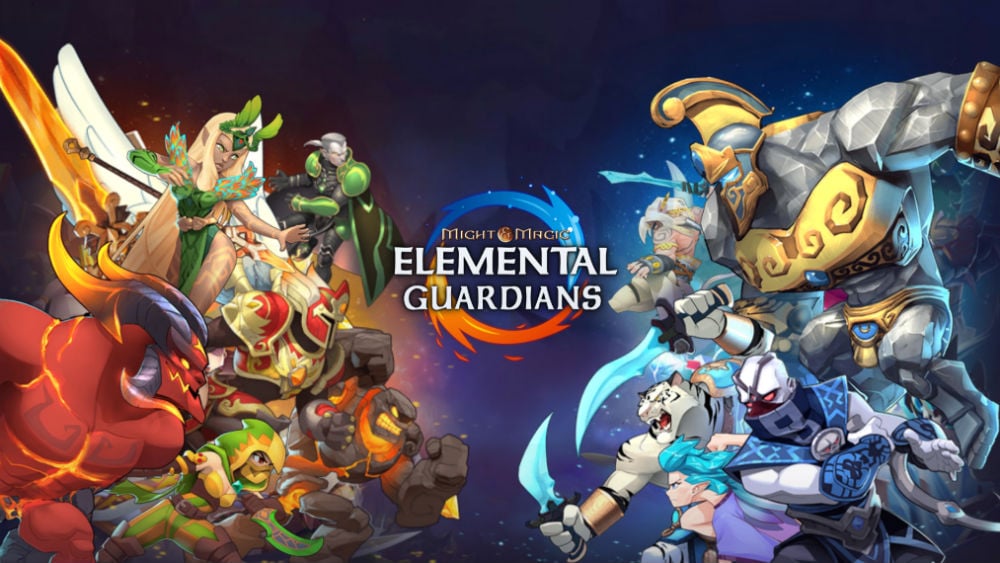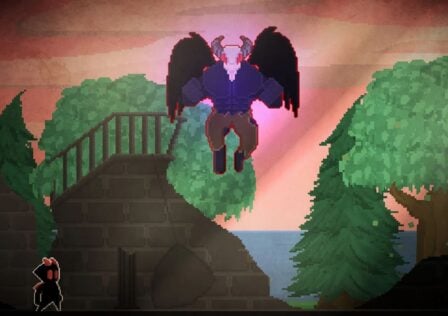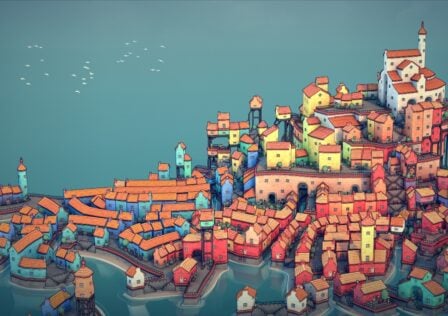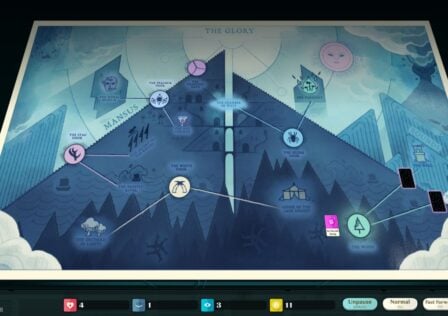There’s plenty of choice on offer in Might & Magic: Elemental Guardians when it comes to creatures. However, as in nature, some creatures are better than others.
Assuming you’ve already started playing Elemental Guardians, you probably know the basics of leveling up, increasing rank, and equipping glyphs. You may even have a passing knowledge of how to combine different creatures to get the most out of their skills and elemental affinities.
But what you didn’t have until now is a handy resource for telling at a glance whether a creature is worth levelling up, evolving, or even adding to your roster in the first place. After all, Seals and glyphs aren’t free, and you’d hate to waste them on a hopeless prospect.
Meet the tier list, a quick guide to the relative strengths and weaknesses of every creature worth knowing about in Elemental Guardians.
How a tier list works
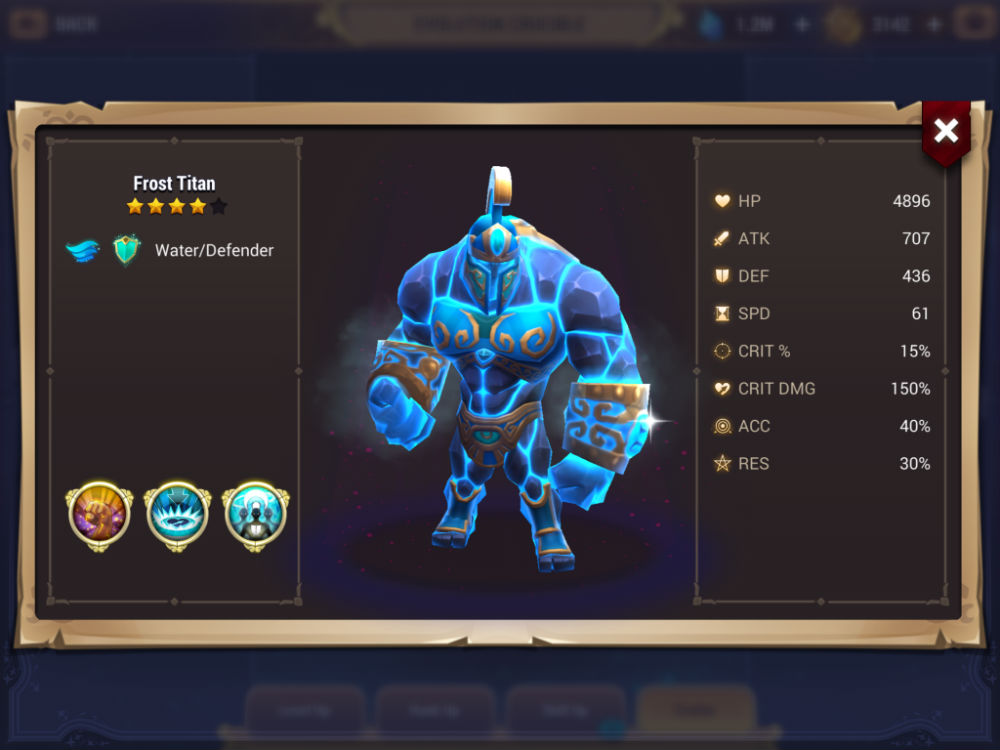
If you’ve spent any time in the world of video games, you’ve probably come across the term “tier list” at some point — especially if you’re into RPGs.
A tier list is essentially the quickest and easiest possible means of comparing creatures. It doesn’t capture the nuances of their various roles, elemental affinities, and skills, but it gives you a pretty good idea how well they’ll fare in a fight all things considered. A creature in a higher tier will do better in more situations than a creature in a lower tier.
Bear in mind that no tier list is entirely objective, and individual players may find they do better with certain creatures than others. However, we’ve compiled this tier list as scientifically as possible by crowdsourcing input from Elemental Guardians players on YouTube, Reddit, and message boards, so you should find that it’s very reliable.
Interpreting the tier list
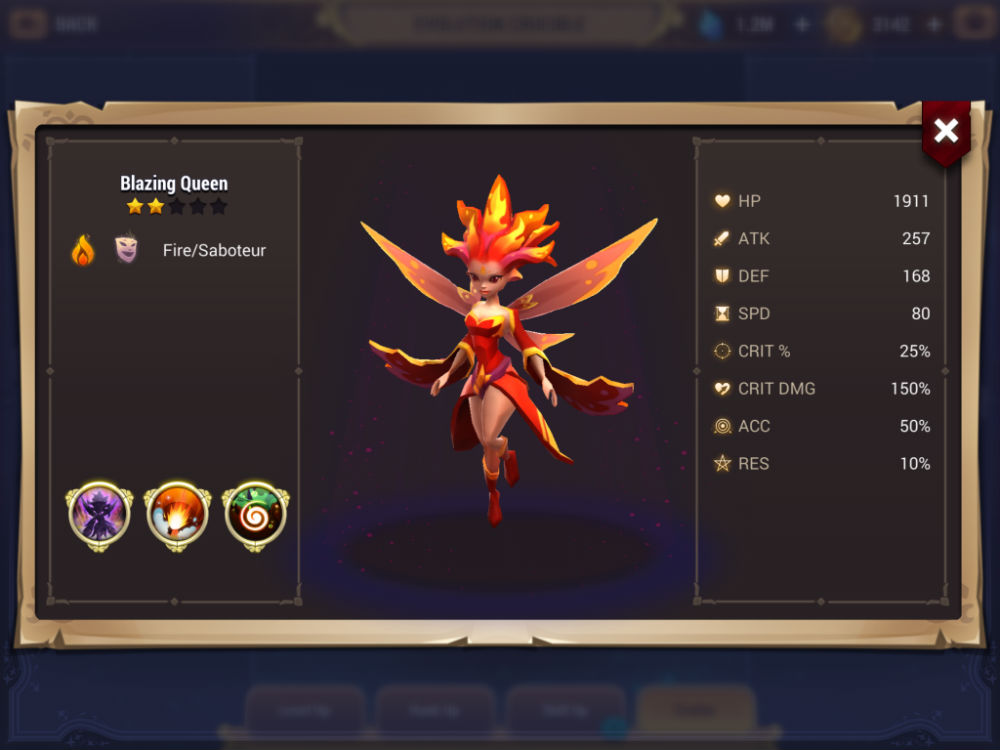
We’ve organised creatures into four tiers.
- S: This tier is reserved for the absolute creme de la creme of the Elemental Guardians universe. An S-tier creature is worth evolving and spending you best glyphs on, irrespective of which other creatures are in the team.
- A: Creatures in the A tier are among your strongest, and are generally worth evolving and investing resources in. However, they fare best when surrounded by the right team.
- B: B-tier creatures are fine in limited circumstances. For instance, a B-tier creature might have skills that no other creature has, meaning it has a place in your squad until you get around to recruiting and leveling up a better alternative.
- C: In most cases a C-tier creature will not be your best choice. If a 2-star creature is in the B tier, you might as well use it as fuel for its more viable counterparts.
As you have no doubt noticed, there are no 1-star creatures in our tier list, because the general consensus among players is that they just aren’t worth bothering with. If you get lumbered with a tier-1 creature, just use it for fuel.
It’s worth bearing in mind that star ratings are not fixed — every creature can be levelled up to 5 with time and effort. The star ratings given in the tier list refer only to each creature’s nat (or natural) form. A creature is a nat 3, for example, that means it had three stars when you acquired it.
There are many different ways to organize a tier list. We’ve opted for a nice alphabetical arrangement, so that you can easily find your creature in the list and see its star ranking, element, and class.
Might & Magic: Elemental Guardians tier list
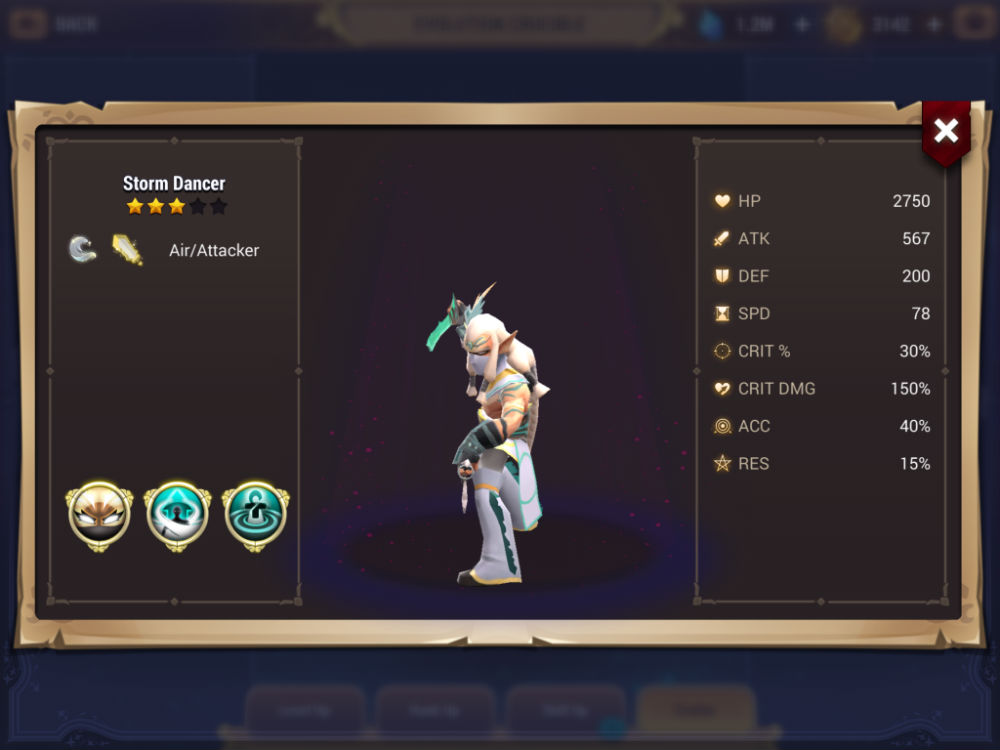
S Tier
- Adamant Justicar (4-star, Earth, Support)
- Adamant Shogun (4-star, Earth, Attacker
- Ardent Hierophant (4-star, Fire, Support)
- Blazing Faceless (4-star, Fire, Saboteur)
- Exalted Hierophant (4-star, Air, Support)
- Forest Hexxer (4-star, Air, Support)
- Freezing Basilisk (2-star, Water, Attacker)
- Sapphire Dragon (4-star, Saboteur)
- Serene Hierophant (4-star, Water, Support)
- Serene Priestess (3-star, Water, Support)
- Tempest Hexxer (4-star, Air, Support)
- Thunder Asura (4-star, Air, Saboteur)
A Tier
- Alabaster Dragon (4-star, Air, attacker)
- Chilling Lord (4-star, Water, Saboteur)
- Crypt Lord (4-star, Earth, Saboteur)
- Darkfire Lord (4-star, Fire, Saboteur)
- Ember Treant (3-star, Fire, Defender)
- Emerald Faceless (4-star, Earth, Support)
- Exalted Paladin (3-star, Air, Support)
- Exalted Priestess (3-star, Air, Support)
- Fire Titan (4-star, Fire, Defender)
- Flaming Asura (4-star, Fire, Attacker)
- Flaming Druis (3-star, Fire, Support)
- Flaming Hexxer (4-star, Fire, Saboteur)
- Flaming Muse (3-star, Fire, Support)
- Flaming Simurgh (3-star, Fire, Saboteur)
- Freezing Hexxer (4-star, Water, Support)
- Freezing Masaru (3-star, Water, Defender)
- Freezing Rakshasa Raja (4-star, Water, Attacker)
- Frost Shogun (4-star, Water, Saboteur)
- Frost Simurgh (2-star, Water, Saboteur)
- Frost Titan (4-star, Water, Defender)
- Granite Death Knight (4-star, Earth, Defender)
- Icy Kitsune (3-star, Water, Support)
- Ice Knight (2-star, Water, Defender)
- Lightning Basilisk (2-star, Air, Attacker)
- Lightning Death Knight (4-star, Airm Defender)
- Lightning Scorpicore (3-star, Air, Saboteur)
- Lightning Unicorn (2-star, Air, Support)
- Mountain Einherjar (4-star, Earth, Defender)
- Mountain Scorpicore (3-star, Earth, Saboteur)
- Rustling Treant (3-star, Air, Saboteur)
- Storm Rakshasa Raja (4-star, Air, Attacker)
- Thunder Deathlord (4-star, Air, Saboteur)
- Thunder Samurai (3-star, Air, Attacker)
- Venom Deathlord (4-star, Earth, Saboteur)
- Vine Dancer (3-star, Earth, Saboteur)
- Winter Asura (4-star, Water, Attacker)
- Winter Treant (3-star, Water, Defender)
B Tier
- Adamant Hierophant (4-star, Earth, Support)
- Adamant Priestess (3-star, Earth, Support)
- Adamant Titan (4-star, Earth, Defender)
- Ardent Justicar (4-star, Fire, Support)
- Ardent Paladin (3-star, Fire, Defender)
- Ardent Priestess (3-star, Fire, Support)
- Blazing Assassin (2-star, Fire, Attacker)
- Blazing Lilim (3-star, Fire, Attacker)
- Blazing Queen (2-star, Fire, Saboteur)
- Blazing Rakshasa Raja (4-star, Fire, Attacker)
- Blizzard Dancer (3-star, Water, Attacker)
- Breeze Familiar (2-star, Air, Attacker)
- Burning Ravager (3-star, Fire, Defender)
- Chilling Spectre (2-star, Water, Saboteur)
- Crypt Spectre (2-star, Earth, Saboteur)
- Darkfire Spectre (2-star, Fire, Saboteur)
- Earth Asura (4-star, Earth, Saboteur)
- Earth Muse (2-star, Earth, Support)
- Emerald Dragon (4-star, Earth, Defender)
- Ethereal Djinn (2-star, Air, Support)
- Ethereal Lord (4-star, Air, Defender)
- Ethereal Masaru (3-star, Air, Defender)
- Exalted Justicar (4-star, Air, Defender)
- Fiery Death Knight (4-star, Fire, Defender)
- Fire Crusher (3-star, Fire, Defender)
- Fire Deathlord (4-star, Fire, Saboteur)
- Fire Dragonfly (2-star, Fire, Attacker)
- Fire Scorpicore (3-star, Fire, Saboteur)
- Fire Sorceress (3-star, Fire, Saboteur)
- Fire Sphinx (2-star, Fire, Saboteur)
- Flame Dancer (3-star, Fire, Saboteur)
- Flame Fury (2-star, Fire, Saboteur)
- Flaming Basilisk (2-star, Fire, Attacker)
- Flaming Djinn (2-star, Fire, Saboteur)
- Flaming Familiar (2-star, Fire, Saboteur)
- Flaming Kitsune (3-star, Fire, Support)
- Flaming Masaru (3-star, Fire, Defender)
- Flaming Patriarch (3-star, Fire, Support)
- Flaming Samurai (3-star, Fire, Attacker)
- Flaming Shogun (4-star, Fire, Attacker)
- Flaming Unicorn (3-star, Fire, Support)
- Forest Cyclops (3-star, Earth, Defender)
- Forest Djinn (2-star, Earth, Saboteur)
- Forest Druid (3-star, Earth, Support)
- Forest Masaru (3-star, Earth, Defender)
- Forest Queen (3-star, Earth, Support)
- Forest Treant (3-star, Earth, Defender)
- Forest Unicorn (2-star, Earth, Support)
- Freezing Samurai (3-star, Water, Support)
- Frost Djinn (2-star, Water, Support)
- Frost Golem (2-star, Water, Defender)
- Frost Ravager (3-star, Water, Defender)
- Howling Spectre (2-star, Air, Saboteur)
- Hulking Basilisk (2-star, Earth, Attacker)
- Icecave Minotaur (3-star, Water, Defender)
- Ice Crusher (3-star, Water, Defender)
- Ice Lilim (3-star, Water, Attacker)
- Icy Dragonfly (2-star, Water, Attacker)
- Icy Gargoyle (2-star, Water, Saboteur)
- Icy Scorpicore (3-star, Water, Saboteur)
- Icy Silverback (2-star, Water, Attacker)
- Lava Golem (3-star, Fire, Defender)
- Lightning Assassin (2-star, Air, Saboteur)
- Mountain Assassin (2-star, Earth, Attacker)
- Mountain Rakshasa Raja (4-star, Earth, Attacker)
- Oceanic Cyclops (3-star, Water, Defender)
- River Familiar (2-star, Water, Saboteur)
- Ruby Dragon (4-star, Fire, Attacker)
- Serene Justicar (4-star, Water, Support)
- Serene Paladin (3-star, Water, Defender)
- Silver Gargoyle (3-star, Air, Saboteur)
- Silver Shogun (4-star, Air, Attacker)
- Stone Gargoyle (2-star, Earth, Saboteur)
- Storm Dancer (3-star, Air, Attacker)
- Storm Druid (3-star, Air, Support)
- Storm Einherjar (4-star, Air, Defender)
- Storm Kitsune (3-star, Air, Support)
- Storm Queen (2-star, Air, Saboteur)
- Storm Ravager (3-star, Air, Defender)
- Storm Titan (4-star, Air, Defender)
- Tempest Faceless (4-star, Air, Support)
- Tempest Golem (2-star, Air, Defender)
- Tempest Lilim (3-star, Air, Attacker)
- Thunder Crusher (3-star, Air, Defender)
- Thunder Cyclops (3-star, Air, Defender)
- Thunder Dragonfly (3-star, Air, Attacker)
- Thunder Ninja (3-star, Air, Saboteur)
- Thunder Stalker (2-star, Air, Saboteur)
- Vital Kitsune (3-star, Earth, Support)
- Volcanic Minotaur (3-star, Fire, Defender)
- Water Muse (2-star, Water, Support)
- Winter Druid (3-star, Water, Support)
- Winter Einherjar (4-star, Water, Attacker)
- Winter Faceless (4-star, Water, Saboteur)
- Winter Guard (2-star, Water, Defender)
- Winter Sorceress (2-star, Water, Attacker)
C Tier
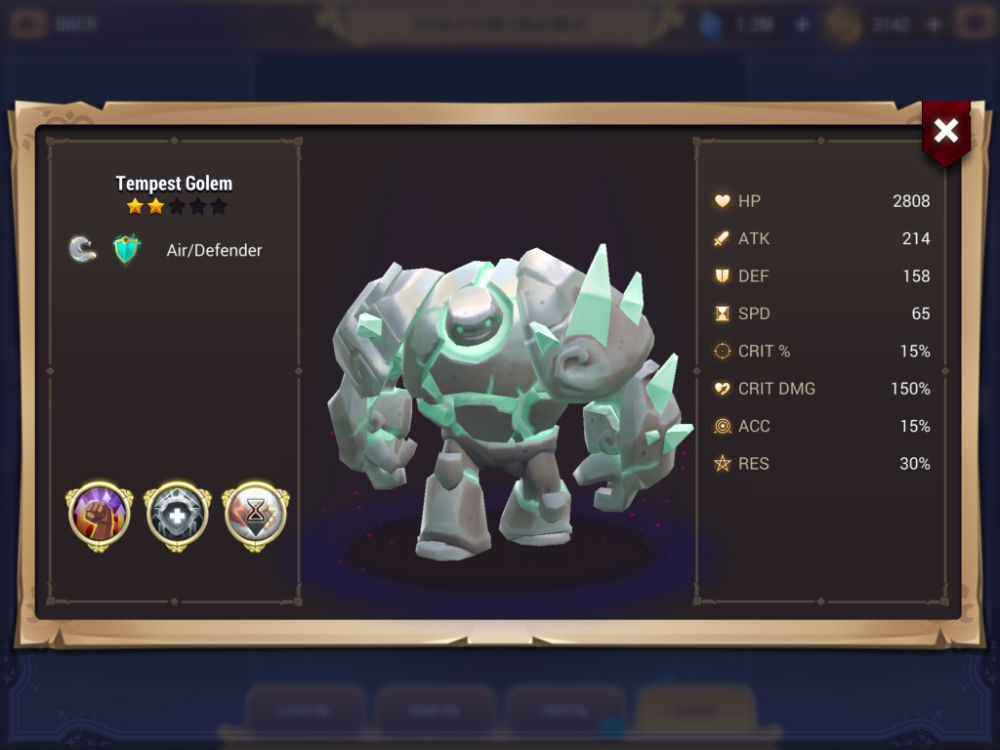
The C tier is simply every creature a 2 stars or above who doesn’t feature in any of the other tiers. And yes, that means there can be — and are — 3- and 4-star creatures in the lowest tier, such as Freezing Death Knight and Lava Einherjar.
One last thing.
As you consult the tier list, bear in mind that every creature in Elemental Guardians can take two or more forms, thanks to the miracle of evolution. In fact, the best creatures are ones that have been evolved once or even twice to reach their supreme state of evolutionary perfection. Whenever you acquire a 2-star creature, make sure you check its evolved forms, just in case you are the unwitting recipient of a future S-tier dynamo.
Take the Freezing Basilisk. This S-tier superstar begins its life as a highly forgettable 2-star Basilisk of the water element. If you find yourself holding one of these pipsqueaks you should head straight to the Dragonmist Islands to mine the evolution materials necessary to help your humble water Basilisk fulfill its potential.
Check out our Beginners Guide and Guilds & PvP on Might & Magic: Elemental Guardians Guides too, and then try these tips out for yourself by downloading the game on Google Play and the App Store.


